Discovering the Traditional Chinese Medicine in Beijing, China
Hey, my name is Jackson Dorsey, I am a 27-year-old Tasmanian living in the south west of England! I have been on the road now for close to 5 years, living in such countries as the United States, England, and Cambodia. Last November 29, I traveled to Beijing, China for 4-days to discover and participate in learning the TCM (Traditional Chinese Medicine). I Have always been curious about alternative ways of healing and preventing sickness rather than just turn to pharmaceuticals at any sign of a cold or a headache. So when this opportunity for this trip came up, I jumped at the chance to dig a little deeper into the wide world of TCM.
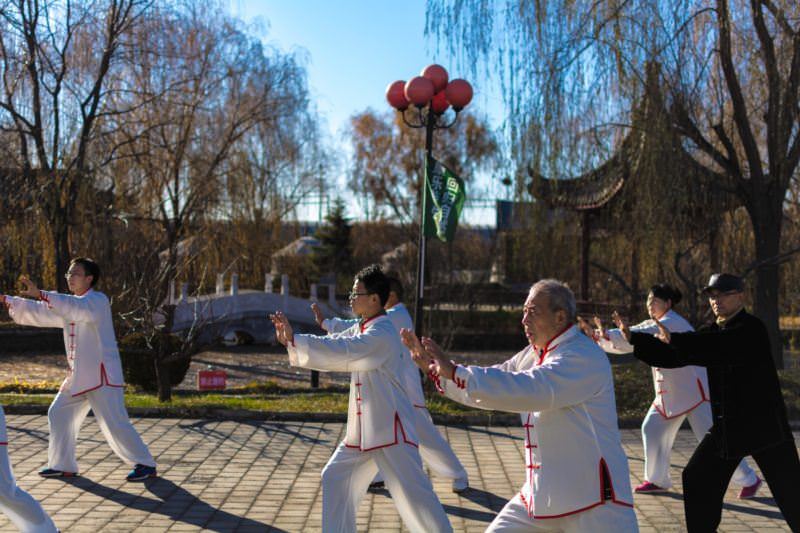
TCM is thought to be over 2000 years old; it is a variety of different Chinese medicinal practices including herbal medicine, Acupuncture, Tui na (Massage), Qigong (exercise) and dietary therapy. TCM is very common throughout China and is used in most households on a daily basis. The philosophy of TCM is based upon the Yin and Yang. In Chinese, the Yin and Yang is a symbol for balance; good health is reached by having a good balance as exists between the Yin and Yang.
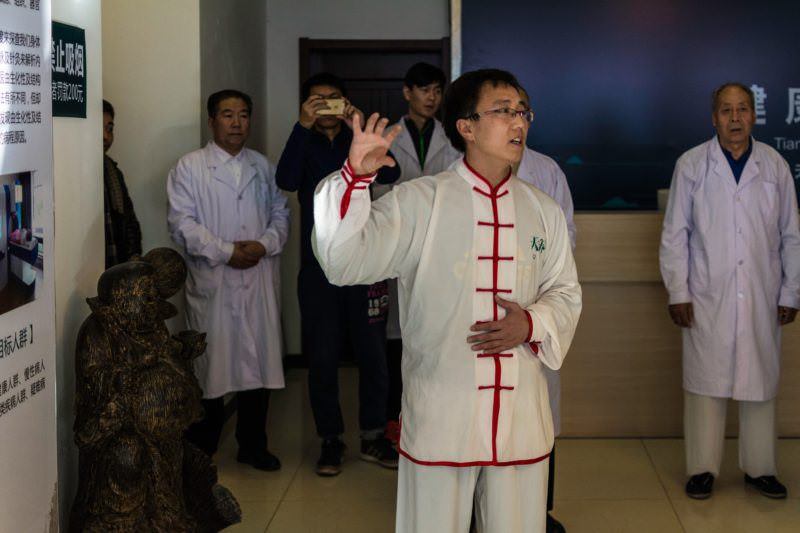
On this trip my first taste of TCM was walking into the opening ceremony from the bus where we walked past a class of people who were practising Tai Chi in the parking lot; I was surprised to see that it’s actually relaxing just to watch people practising Tai Chi, the seamless movements, and breathing exercises are very calming!
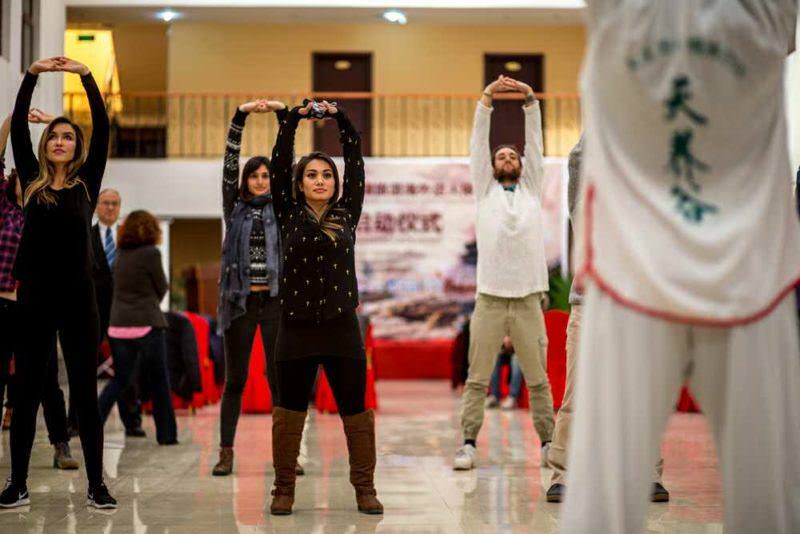 During the Tai Chi lesson at the opening ceremony.
During the Tai Chi lesson at the opening ceremony.
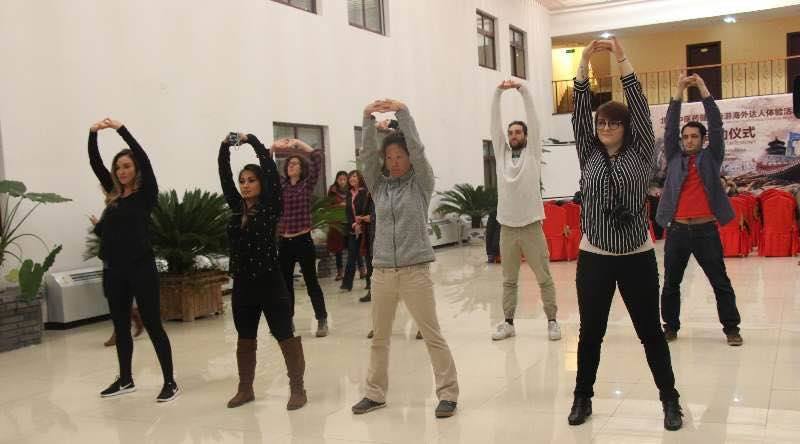
After the opening ceremony, I got my first chance to participate in a 15 minute Tai Chi class. I found this to be very relaxing and at the same time very challenging, relaxing in the sense that the breathing and stretching made me feel very calm and collected while at the same time it was very challenging trying to move my body correctly with a good posture following the master’s movements.
Tai chi training involves five different elements – Sanshou (self-defence), Tuishou (response), Neigong and Qigong (breathing, meditation and awareness exercises) and Taolu (routines).
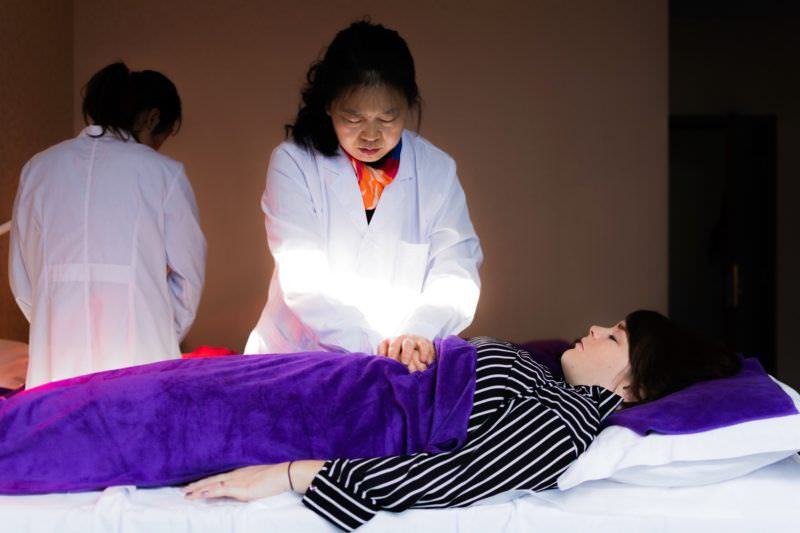
After experiencing Tai Chi, we went across to the TCM training hospital to learn the theory/background of the traditional Chinese medicinal system and where I received my first ever Tui na (Pressure point massage). We discussed the basics of this ancient practice in the lobby before being led to the massage rooms! My masseuse who just so happened to be the Tai Chi master started me off on my stomach with my head facing down. He started with my neck and shoulders digging in with his fingers and hands moving different muscles and tendons around until he was satisfied! This was a combination of pleasure and pain!
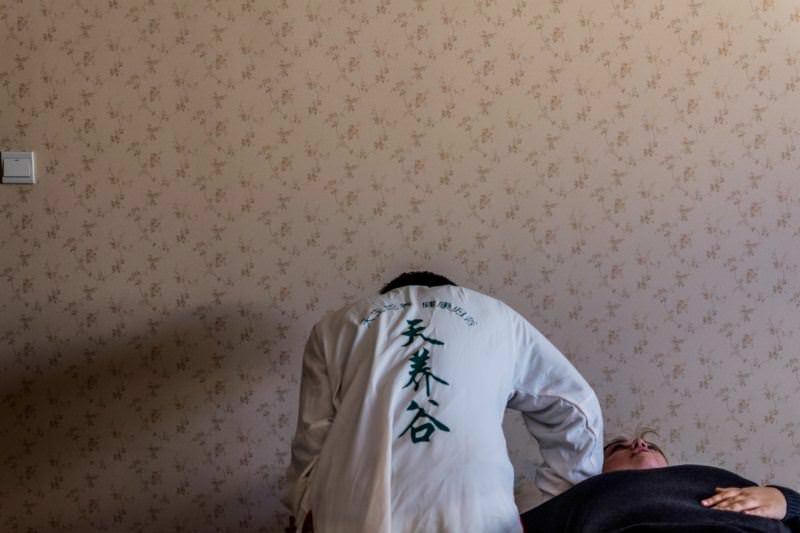
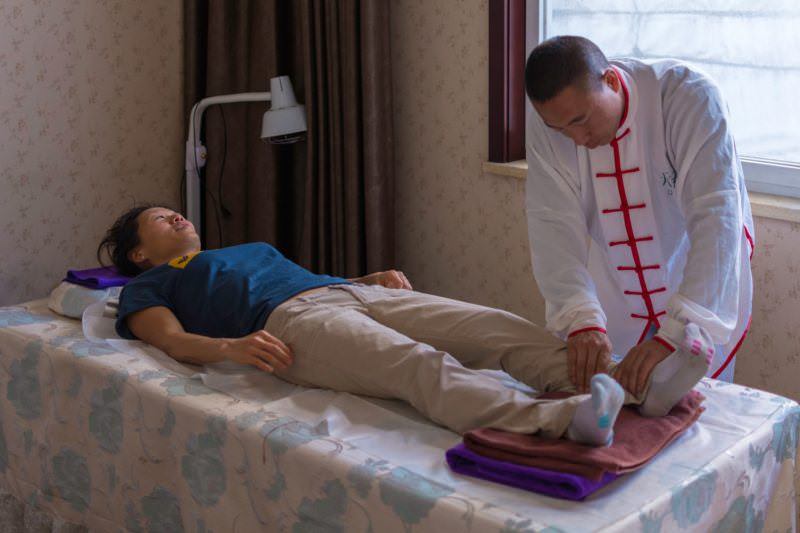
The kind of massage you walk away from saying, “it hurt but I feel so much better for it!”. As the masseuse made his way down my body to my lower back then legs manipulating as he pleased my muscles and tendons on the way finding some knots that he quickly worked out by digging deeper with his hands and fingers releasing the pain and stress from my body! He proceeded to sit me up right and lightly punch my back for a minute making my whole body tremble in a nice, soothing pattern. He then got my head in a kind of sleeper hold and stretched it from left to right and back again, and unfortunately, this was the end of my Tui na! I stood up a little dazed and confused from entering so many different states of relaxation and maybe even more states of pain! All in all, I walked away feeling a lot better and freer than when I had walked in!
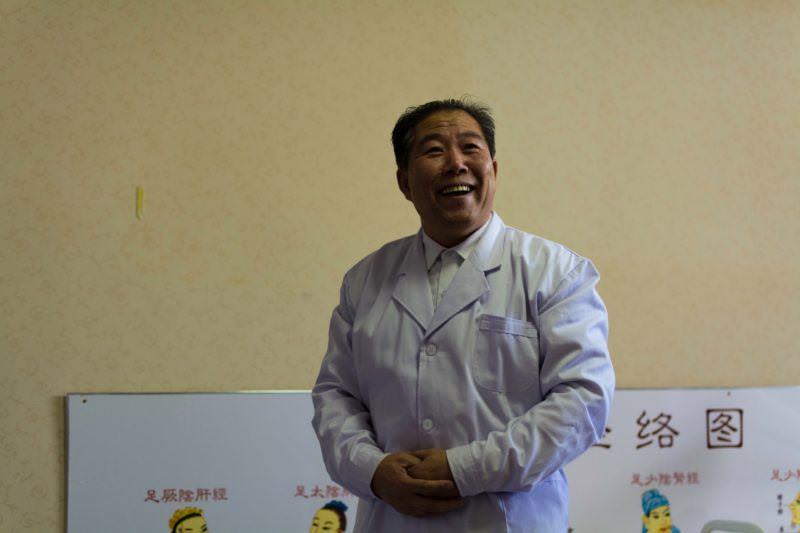
- One of the masseuses at the TCM training hospital.
My next TCM experience would come the following day at the traditional Chinese medicinal University. The University houses two separate museums in exhibition halls that were founded in 1990; These are the Chinese medicinal history and Chinese materia medica! The Chinese medicinal history exhibition hall is home to over 200 ancient Chinese medicinal books and over 1000 medicinal objects while the other exhibition hall of Chinese materia medica has a vast variety of medicinal specimens from taxidermy to soaking plants and medicinal herbs and spices. Such amazing exhibitions to roam around looking at, everywhere you look you see something that catches your eye, from the large tigers to fluro colored minerals to the ancient charts and pictures hanging from the walls to the life-sized acupuncture manikins from centuries ago!
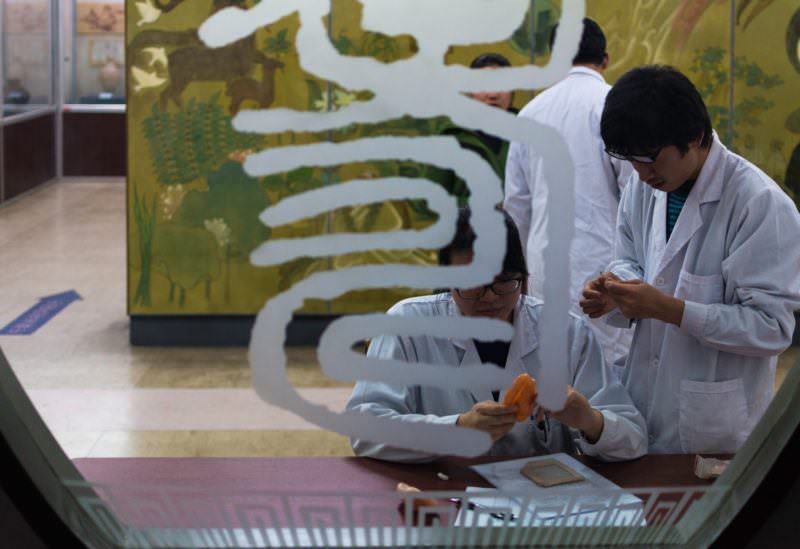
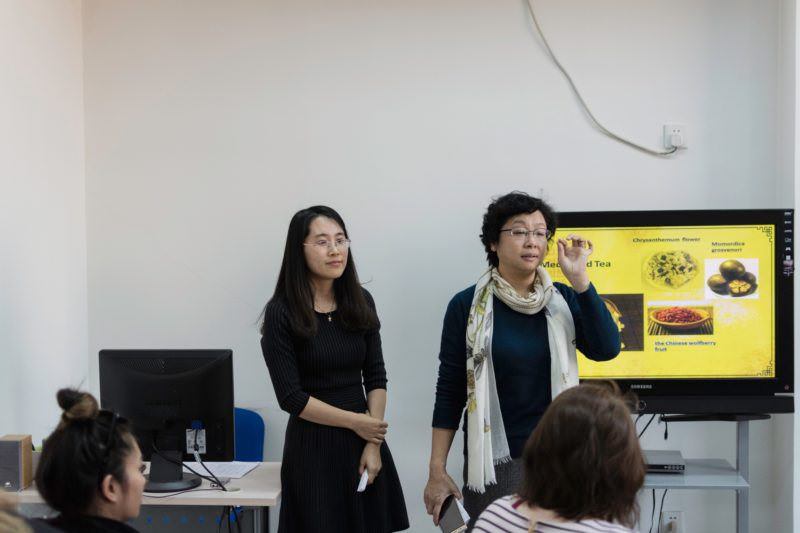
We enjoyed some chrysanthemum tea whilst listening to 2 of the universities doctors introduce us into the world medicinal world of TCM, they touched on the fundamentals of TCM that led us to talking about the Yin and Yang (light and dark or fire and water) and the 5 element theory (water, wood, fire, earth, metal) that are all always generating each other to make a circle.

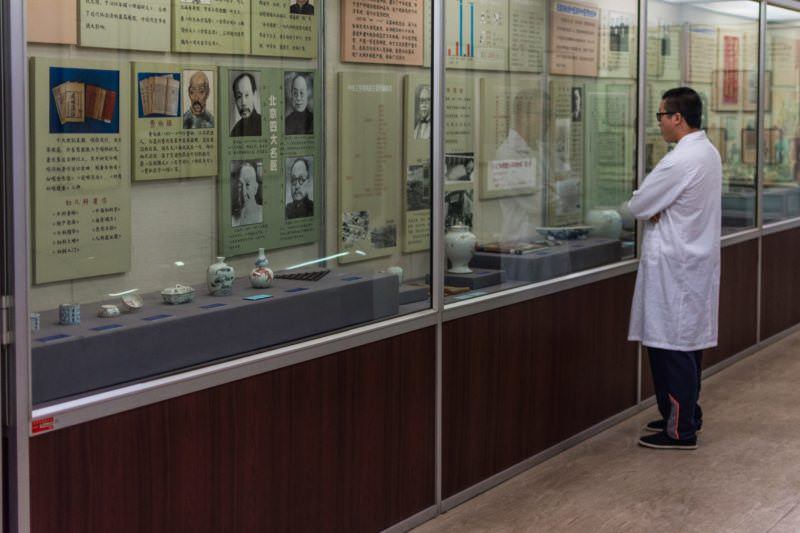
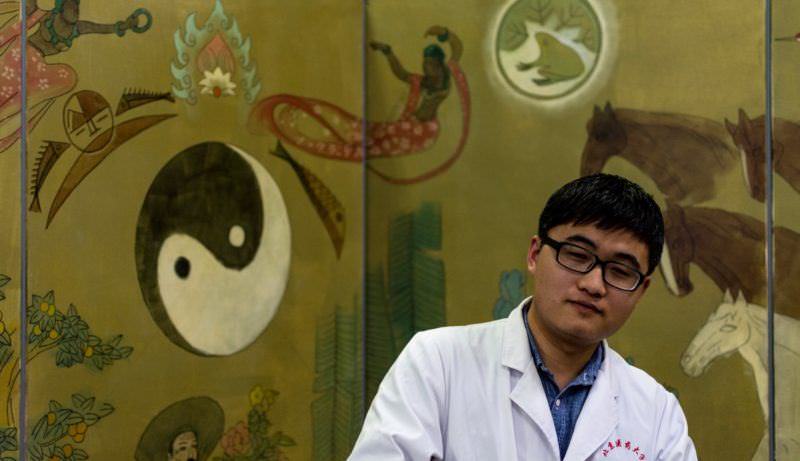
The doctors then spoke about the Shennong (the God farmer, a mythical sage ruler of prehistoric China who taught them the art of horticulture) and dietary therapy as in medicated wine, porridge, tea and soup that leads to the prevention of getting sick in the first place! And this links back to the prevention aspect of TCM and back to doing Tai Chi and keeping yourself healthy and active on a daily basis rather than treating yourself badly to a certain point that you then need to turn to a pharmaceutical drug to fix your own self-neglect. Putting the right things into your body on a daily basis and keeping a clear mind by doing exercises!
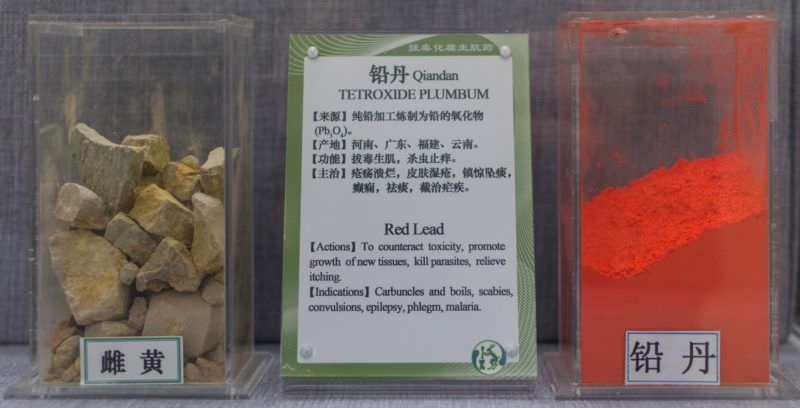
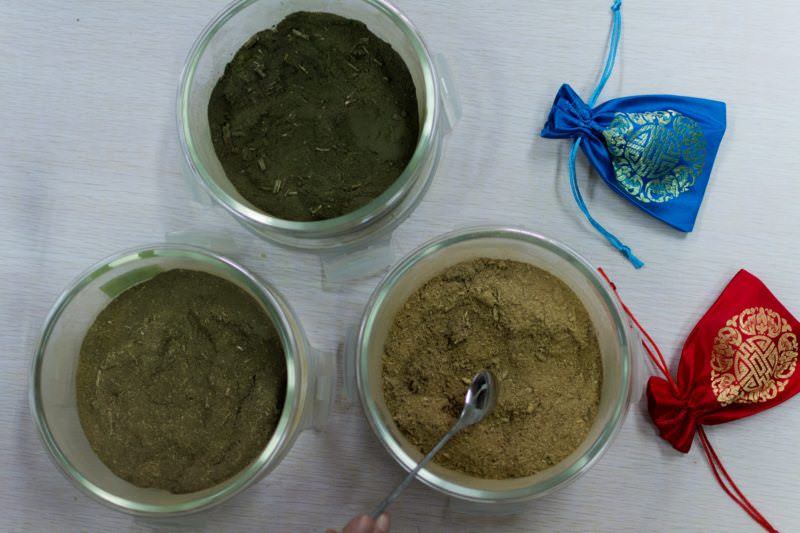
We then had the privilege to make our own “flu treatment” bags that consisted of 5 different spices and herbs. The smell is a very delicate odor, deep within your nostrils that give you a sense of calm! The last exercise we got to participate in at the University was acupuncture and one last pressure point massage (I couldn’t help myself!). I was a bit hesitant to try the acupuncture at first as it’s a bit of an unknown for me and also seeing everyone else’s reactions to it but I thought I should try it so I can have my opinion on it! The student that applied needles in my ears (2 in my left ear, 1 in my right!) didn’t speak English very well, but from what I gathered he was testing to see if I had any internal organ problems – he tested this by applying different amounts of pressure to the needles and seeing how much it hurt me. It was a painful experience; I would say more uncomfortable than anything! I think he cleared me (I hope) of any internal problems.
The staff and the students at the TCM University Beijing were all very knowledgeable and very friendly, we all had a good laugh with the students during the acupuncture and pressure point massages!
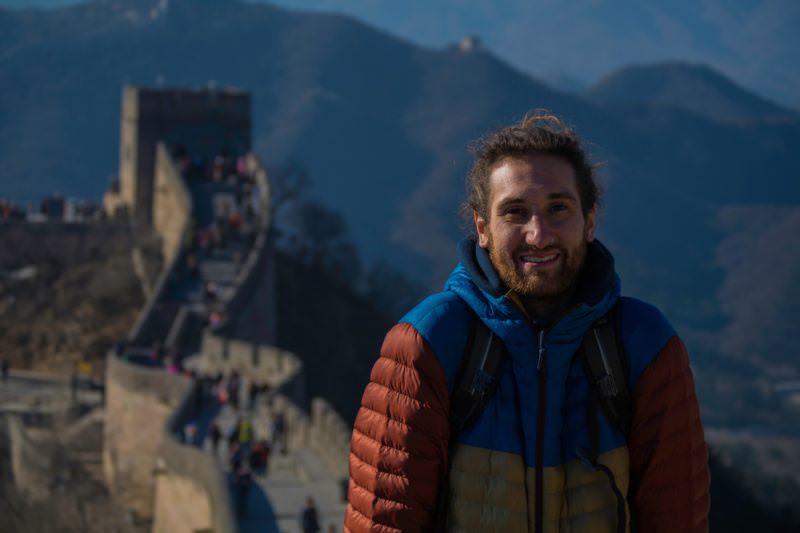
This was a trip of a lifetime, and I feel like I have just touched the surface of TCM. It is a great alternative way of living and medicating; I will definitely be taking some of the things I have learned and incorporating them into my daily life, and I hope to return to China and learn more about TCM one day!
 About the Writer
About the Writer
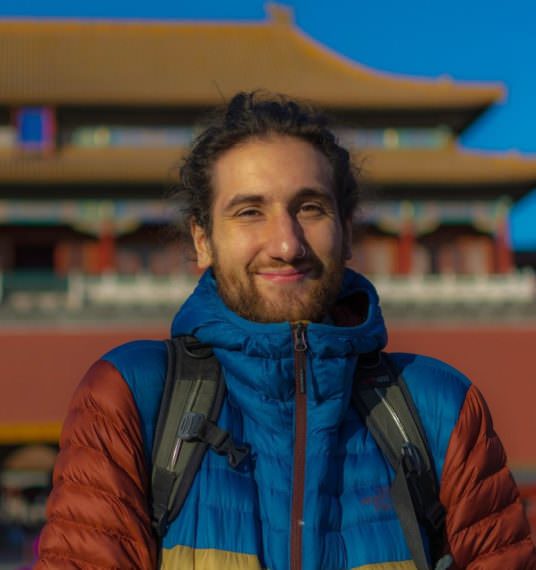
Jackson is a Tasmanian native living in the South West of England that has been writing for the Two Monkeys Travel Blog since 2013. He loves to be in and around the ocean as much as possible or behind the lens of a camera capturing his many adventures around this globe of ours. Jackson is currently working on a photography book documenting the different cities, countries and especially the people he has met along the way. Jackson is taking 2017 off from his daily occupation (head chef at the Green Rocket, Bath, England) to concentrate on traveling and immersing himself in other cultures and countries; he believes this can only be accomplished by going and living like a local.
Are you on Pinterest? Pin these!
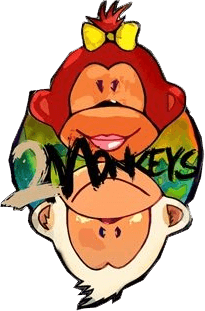
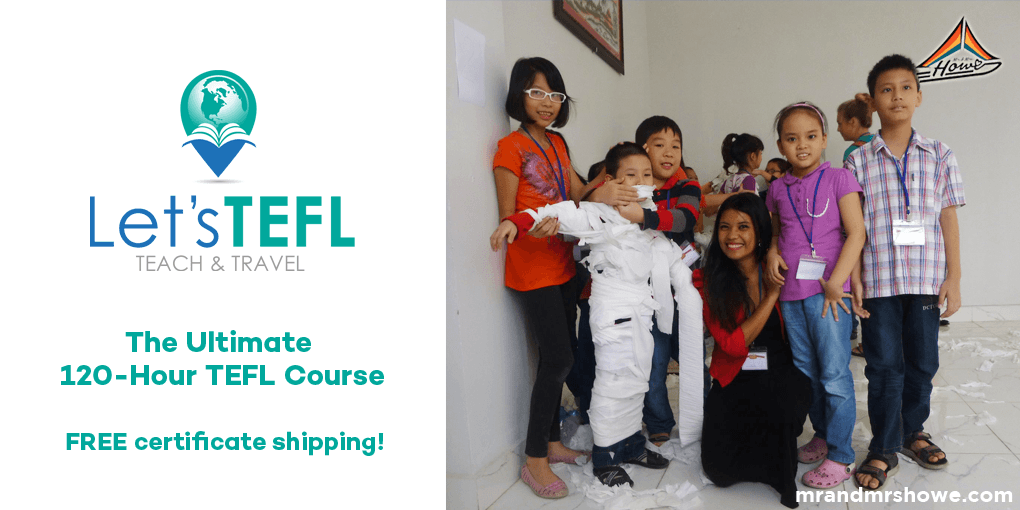
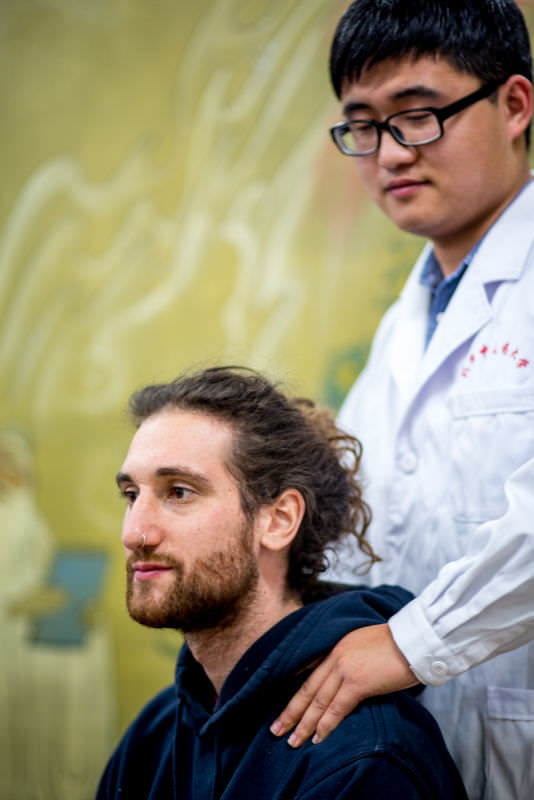
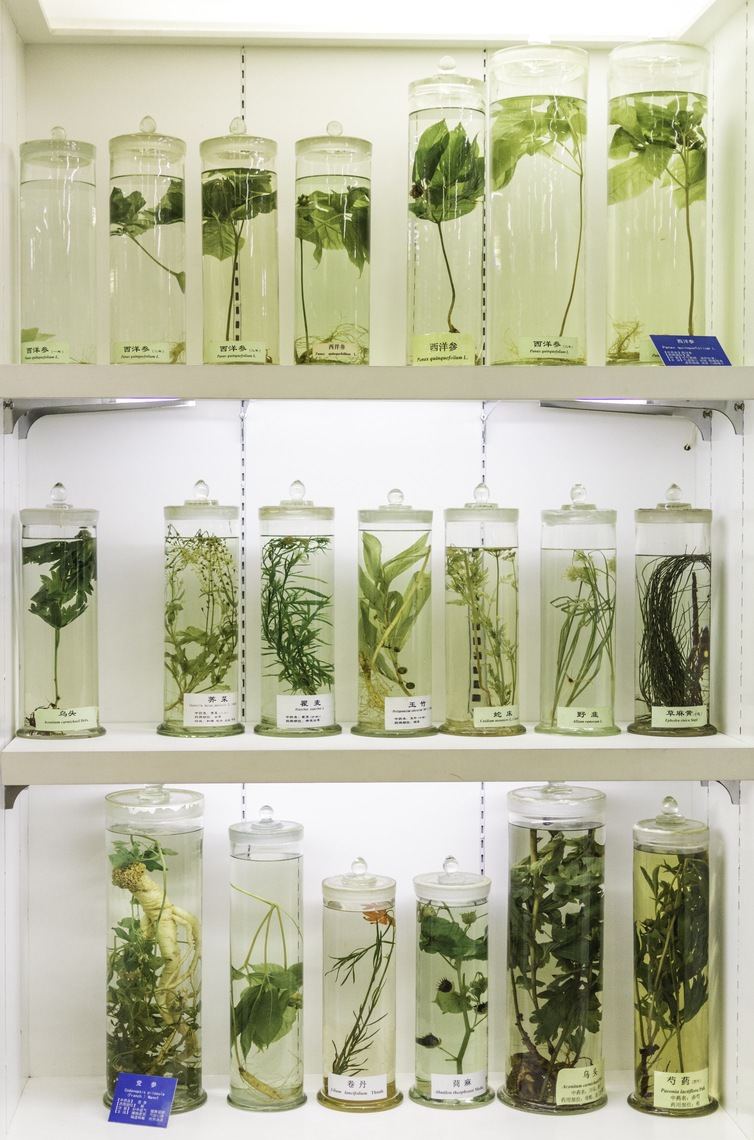
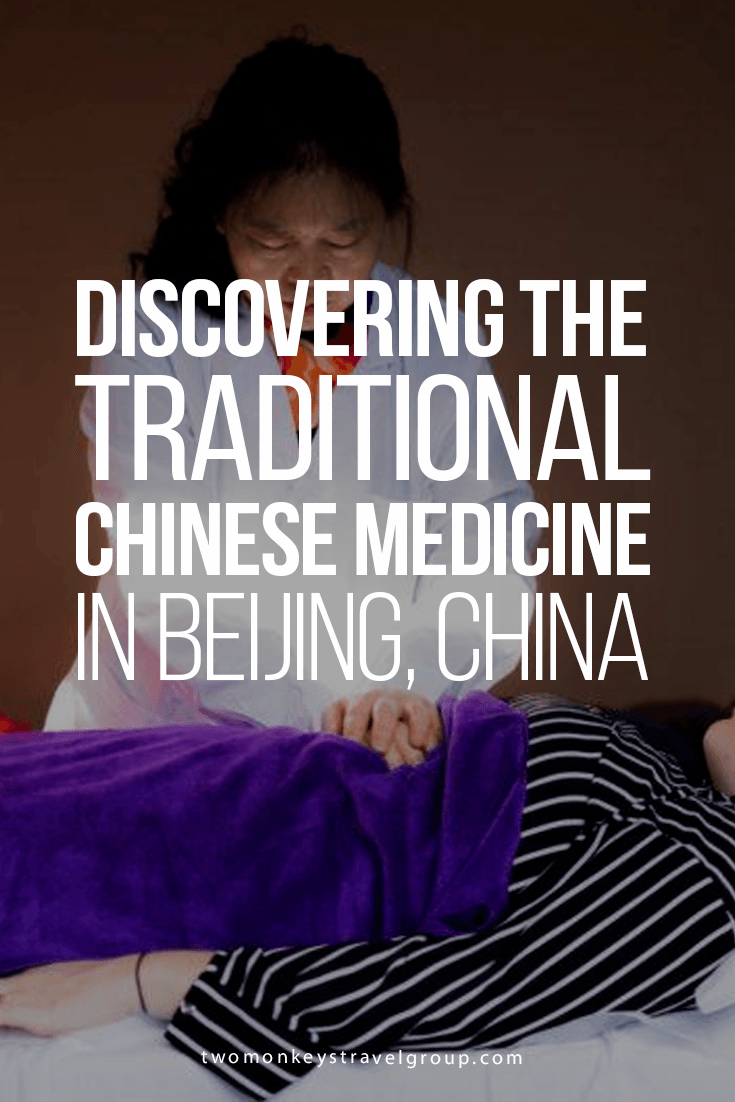
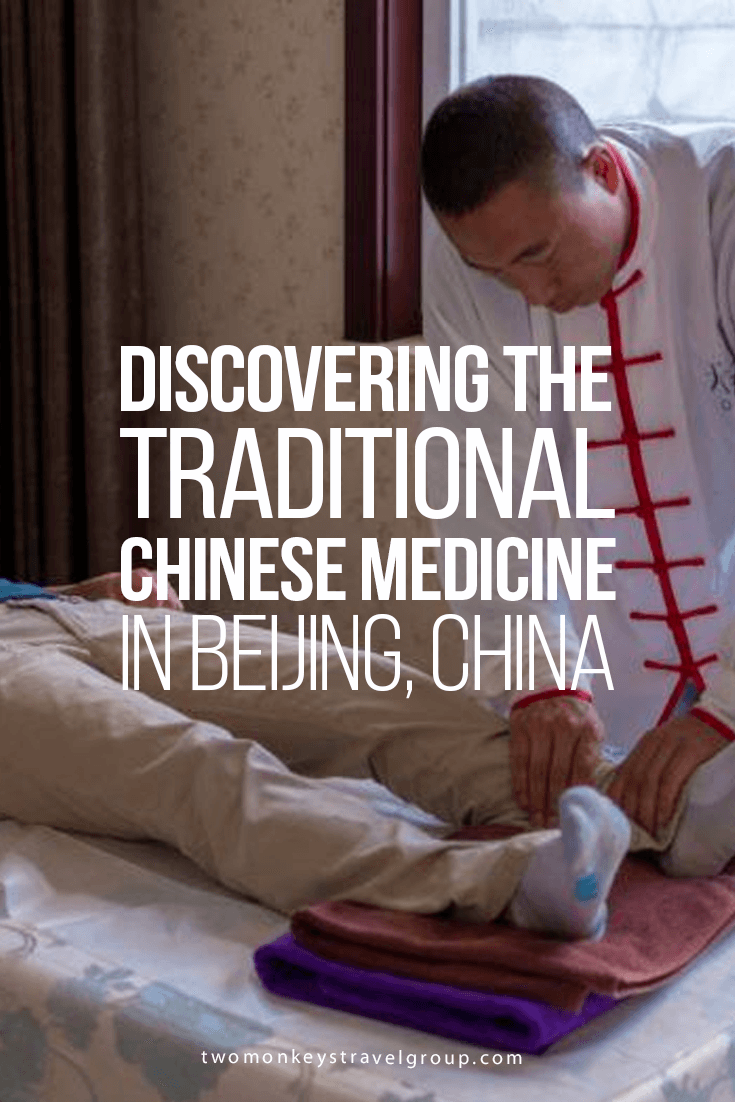
Nyhaoma
Is there any good treatment for High Blood Pressure
Please inform .
Thanks
Great article mate. As a fellow Aussie looking to have a similar experience how would you recommend going about it? Thanks in advance
very interesting field that can help a lot of people around the world
I am a firm believer and a fan of Traditional Chinese Medicine. Hence, each time, I go to any of the Chinese cities, I would be looking out for great places for TCM. Thanks for writing this article! Now, I know of many more places where I can learn TCM from.